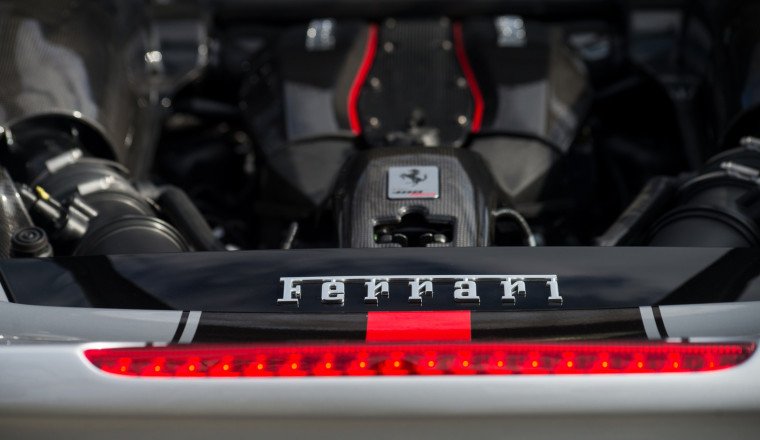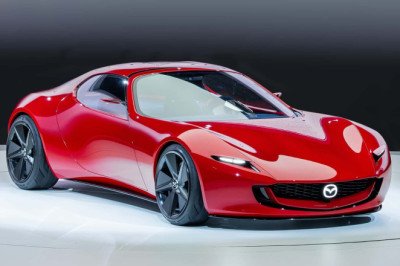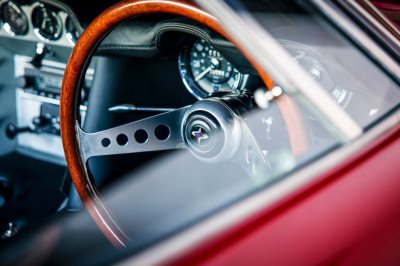
The V8 is famous for that low, gravelly rumble it has, announcing its presence to all the lesser engines nearby as soon as the ignition hits. In most versions of the engine – such as those found in American trucks and muscle cars — the layout creates an instantly recognizable throaty warble. Maybe that's why, even in a changing world, the V8 is here to stay.
However, there's an even rarer breed of V8 that sounds altogether different. Found more on high-end performance machines from the likes of Ferrari, this version sings at a much higher pitch. It's also a more constant, steady sound than the vibrato of its cousin. How can one engine layout create two different sounds like this?
The answer comes down to the crankshaft. At its most basic, a V8 is an engine in which eight cylinders are split into two banks of four cylinders each combined in a V shape. As in all internal combustion engines, a crankshaft revolves and in doing so pushes the pistons through the cylinders. V8s, however, can feature one of two different kinds of crankshaft, either a cross-plane or flat-plane. While it's a mechanical difference, it leads to a very musical result.
 Schlol/Getty Images
Schlol/Getty Images
That classic V8 sound gets its vibrato rumble from the very fact that it is uneven. These engines use a cross-plane crankshaft, which means that along the shaft's length, it features a crank throw (each pushing two pistons) every 90 degrees (so in four places around the shaft, giving it the cross look of its name). The actual firing order of those pistons, though, is uneven: Left, right, left, left, right, left, right, right, for example. These are the notes that make its puttering melody.
By contrast, flat-plane V8s sport a crankshaft where the crank throws are all 180 degrees of each other (giving it a flat look, as pictured above, hence the name). The engineering result of that is that the firing order is exactly symmetrical: Left, right, left, right, forever. This makes for a smooth and sonorous note that screams up to high heaven the more and more you rev the engine. In fact, those revs are part of the sound, too.
 Zuumy/Getty Images
Zuumy/Getty Images
As with most things engineering, there is no better or worse — just different trade-offs. Cross-plane cranks create lots of torque at low revolutions, which is fabulous if you're hauling a lot of weight. In fact, this is why most V8 trucks are cross-plane. The catch is that cross-plane crankshafts are heavier than flat-planes, limiting how high the engine can actually rev. For its voice, that means a cross-plane features its signature low rumble.
Flat-plane crankshafts, by contrast, are much lighter, which in turn allows them to rev like complete maniacs. That lets these engines hit much higher RPMs, which makes for a higher pitch. In fact, because flat-planes won't produce as much torque on the lower end, they have to drive at a higher revolutions, too. So where a cross-plane V8 is a big opera singer, a flat-plane is a heavy metal screamer, which is a difference you'll hear when Mercedes AMG switches from the former to the latter.















Facebook Conversations